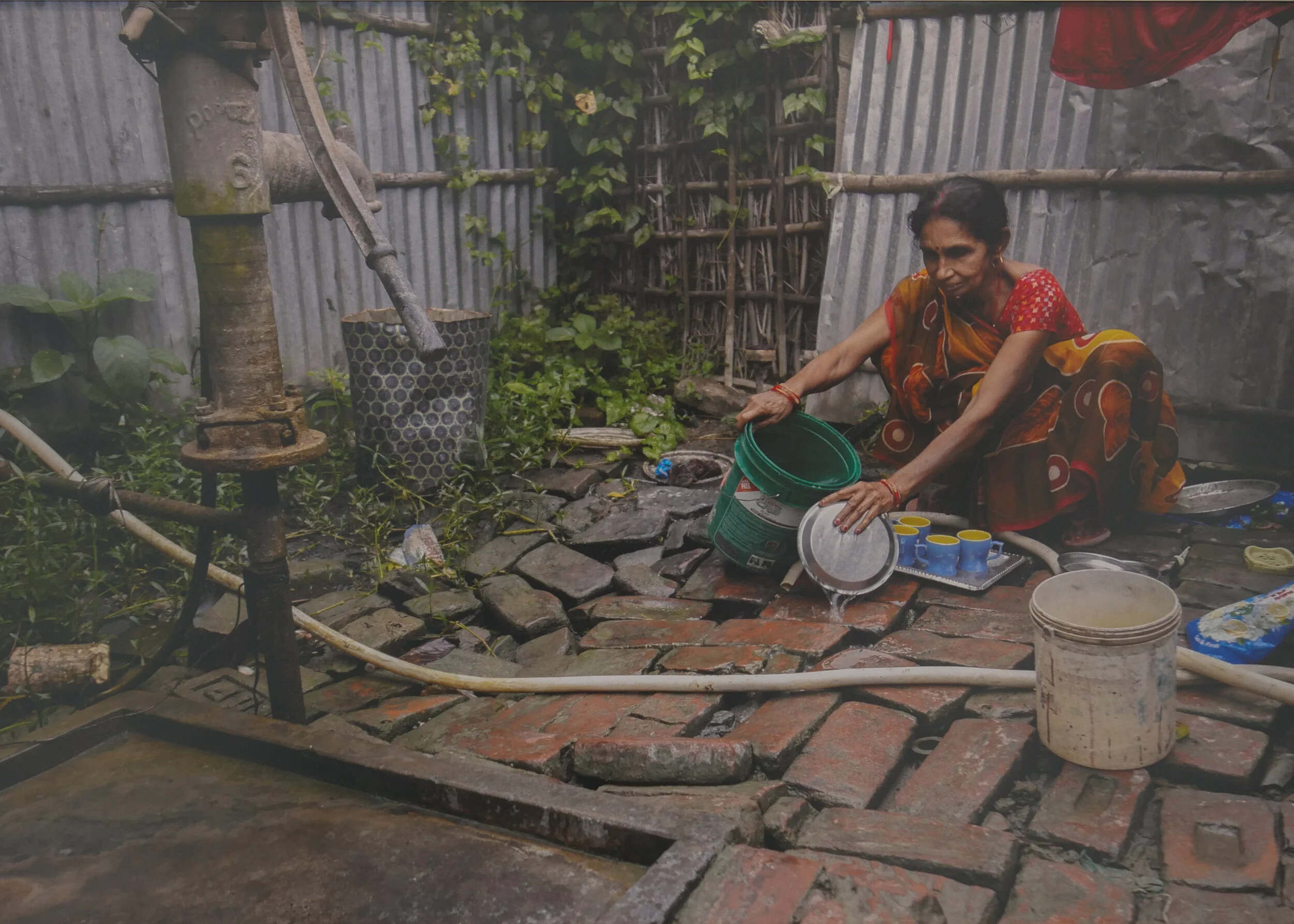Life Without Energy
/This project from SPACE10 was undertaken with the Indian design lab Quicksand. They visited 40 families in Kenya, Peru, Indonesia and India to look at how little or no access to electricity restricts or controls day-to-day life and limits opportunities.
With limited incomes, several families who were interviewed spent available money on improving or constructing a more secure and solid home - above any priority for electricity - but then used power, often solar power, first for charging mobile phones as that gave them access, for the first time, to banking and to ways of selling their produce at more competitive rates.
Lighting for safety or security and for extending the working day is important and it was interesting to see that some preferred to continue with traditional forms of cooking on open fires rather than buying stoves that can be expensive and unreliable. It was not just that fridges and electric stoves could be expensive to repair but the supply of electricity could be intermittent or unreliable or family income could be unpredictable so some form of backup like kerosene was kept for when the family could not pay for electricity.
Here, in the exhibition, there are photographs from the project with extended captions that set out the difficult choices that many people have to make when they do not have access to reliable or affordable or safe energy.
Life Without Energy: Needs, Dreams and Aspirations - is the report that came out of the research project and it can be read on line.
the exhibition Life Without Energy
continues at SPACE10 until 17 April
read the report Life Without Energy: Needs, Dreams and Aspirations
note:
In the World there are around 2 billion people with restricted access to electricity and of those there are as many as 860 million people with no access to electric power of any form.
Access to affordable, reliable and sustainable energy is one of the UN Sustainable Development Goals for 2030 along with efforts to improve sanitation, nutrition and access to safe water.









































